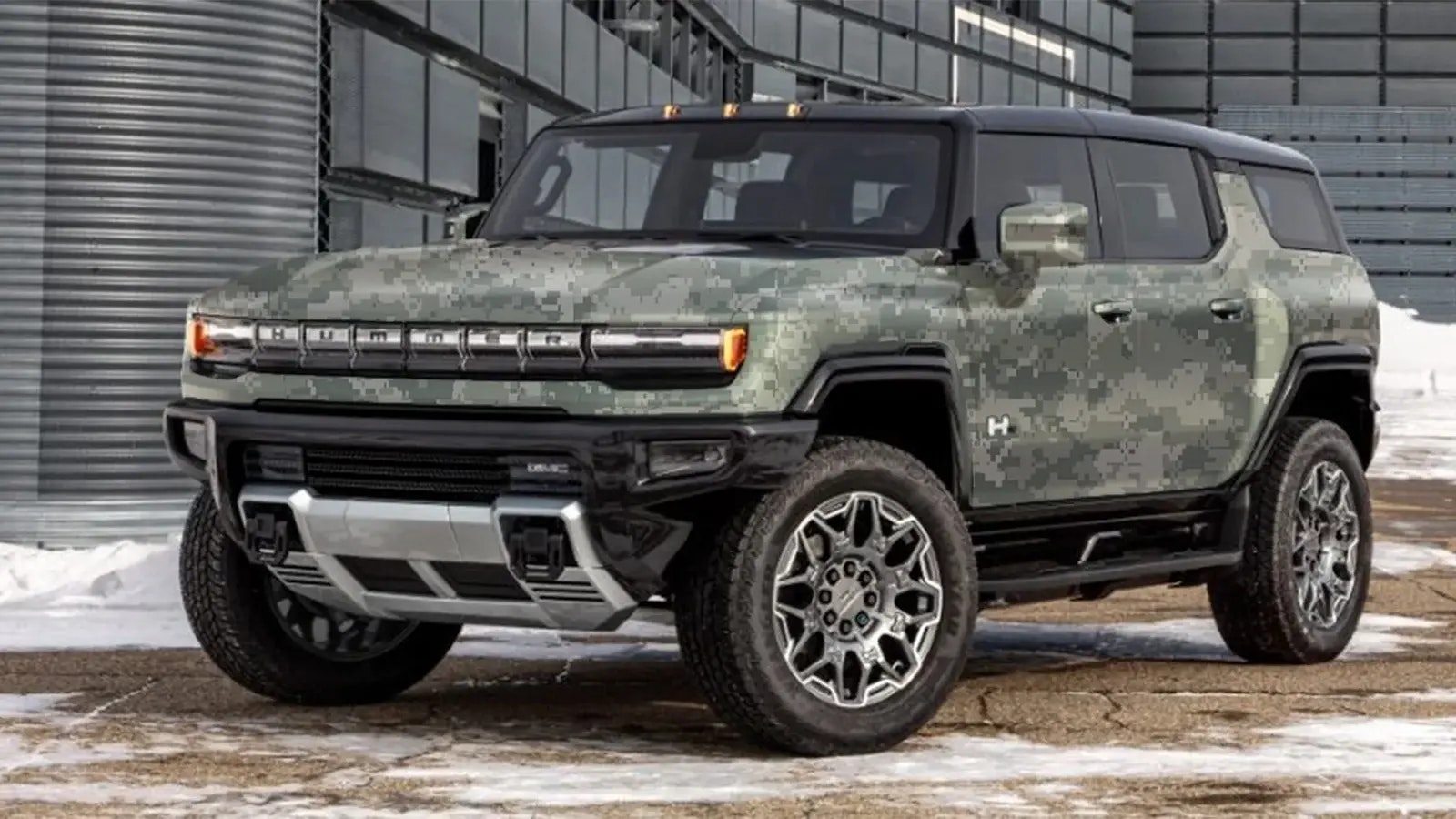Special Presidential Envoy for Climate John Kerry set off a storm of criticism when he said recently that his main concern about the war in Ukraine was its impact on the environment and climate change.
As much as the statements baffled many, the U.S. military is very committed to reducing its carbon emissions.
The Colorado Springs Gazette reported that Fort Carson south of Colorado Springs received its first shipment of 25 Ford F-150 Lightning electric trucks.
F.E. Warren Air Force Base in Cheyenne is also expecting to electrify its fleet in the next decade.
Climate Strategy
The Army Climate Strategy is an actual thing, and its goal is to make the U.S. Army net zero by 2050. As part of that plan, the U.S. Army will electrify its fleet of light-duty, nontactical vehicles across its installations by 2027.
“Climate change endangers national and economic security, and the health and well-being of the American people,” the climate strategy states.
It goes on to assure the American people that the Army’s core mission — to fight and win wars — will not be changed by its emission reduction goals.
Col. Tucker Fagan (ret.) of Cheyenne told Cowboy State Daily that electrifying light-duty, nontactical vehicles likely won’t cause a problem. But when it comes to fighting and winning wars, concerns about emission reductions in a war zone are likely going to put troops in danger.
The F-150 Lightning trucks that Fort Carson received are the first of many that will eventually flood the base, according to the Gazette.
“It’s showmanship. That’s all it is,” Tucker said.
Zero-Emission Mission
Maj. Dominic Baker, commander of the 90th Logistics Readiness Squadron at F.E. Warren Air Force Base in Cheyenne, told Cowboy State Daily the U.S. Air Force is also committed to addressing climate change.
“There is a Department of the Air Force-wide goal to achieve 100% zero-emission vehicle procurement for all nontactical vehicles by 2035,” Baker said.
Vehicle Support Chain Operations Squadron (VSCOS) and General Services Administration (GSA) control the vast majority of vehicle fleet management and purchasing of new vehicles across the Air Force, Baker said, which includes a number of Air Force bases across the country that are now in electric vehicle pilot programs.
Baker said some of the smaller vehicles used locally at F.E. Warren are hybrid vehicles, meaning they run on gas and battery systems.
“We would anticipate seeing these being replaced by more efficient vehicles as they reach end of life and are replaced,” Baker said.
The major said that F.E. Warren is installing devices in its vehicles that allow for the analysis of more efficient and safer vehicle-driving practices.
The Lightest Duty
Hopefully, the Lightnings at Fort Carson don’t need to do any heavy hauling. The pickup's maximum gross weight rating is 1,510 pounds.
The American Automobile Association tested the impact of hauling on the vehicle’s range and found that it reduces it by 25%.
The AAA found with no load, the truck has a range of about 278 miles, but when a load is put on it, that’s reduced to 210 miles. That’s likely to be enough for light-duty operations around a base, but it depends on how much charge it has.
If any trucks aren’t fully charged, whatever range they have will drop by 25%.





